Project
Partial underfloor suction in cattle stables
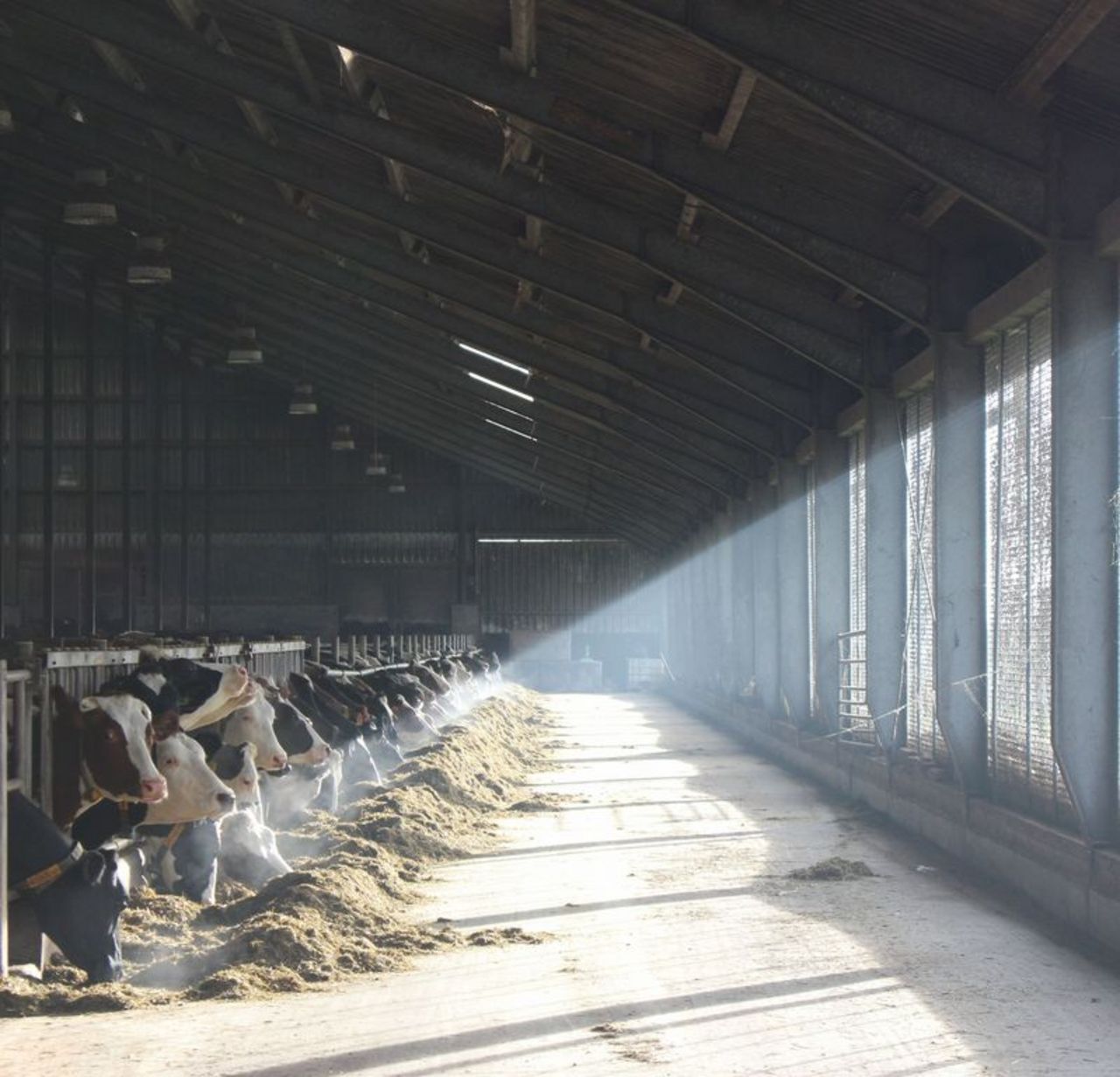
The partial underfloor suction for reduction of emissions and enhancement of the animal protection at naturally ventilated cattle stables.
On the one hand, the stables are supposed to release only low rates of ammonia into the environment. On the other hand, they are supposed to offer enough space, light and fresh air for the animals. A classical target conflict between environment and animal protection? This project is supposed to show that this combination can work out.
Background and Objective
Acidification and azotic accumulations in the soil and waters are pollutions of the environment which can be related to ammonia. Around one fifth of these ammonia emissions come from the stables and the slurry of cattle farming. Thus, there is a large savings potential.
There are no air condition systems in naturally ventilated cattle stables so far. By conventional air conveyance, the air flows through the slatted floor into the slurry cellar and over the slurry’s surface and finally returns ammonia-enriched to the area above the slatted floor.
One possibility to reduce the emissions of cattle stables can offer the partial underfloor suction. The system which has been tested in the pig fattening (closed stables) sucks off the highly ammonia enriched air in the slurry cellar below the slatted floor and transports it to an exhaust air treatment system. Because the wind induced natural ventilation in the area above the floor is still happening but with a reduced contamination with ammonia it is expected that the overall emissions decrease and animal protection aspects are taken into consideration.
During the design process of such a system, there must be a focus on the even suction over the entire depth of the stable and on the negative pressure gradient between the area above and below the slatted floor so that the contaminated air stays underfloor. By that, it is avoided that the animals breathe air with a high amount of ammonia and that high ammonia loads are spread into the environment.
Moreover, it is expected that the partial underfloor suction guarantees a ventilation of the stable on hot summer days without wind. Thus, the heat load of the animals can be treated better so that the danger to heat stress decreases and the wellbeing of the animals increases.
Target Group
Planning offices and farmers which want to build a low-emission and humane cattle stable.
Approach
Within the project, a realizable construction drawing is supposed to be created, which was based on an already existing cattle stable and is complemented with partial underfloor suction with following exhaust air treatment. Based on this drawing, the costs for building the stable and the included extra costs for the air treatment are calculated. Moreover, the drawing is going to be transferred into a computer model. With the help of numerical simulations, the airways are verified and the potential for the emission reduction is calculated. The results are going to be summarized and published.
Data and Methods
The calculations are going to be done with the software StarCCM+ by Siemens Industry Software GmbH.
Our Research Questions
- Can a partial underfloor suction reduce the emissions of naturally ventilated cattle stables?
- Is it possible to apply the concept of partial underfloor suction from the closed pigsties to naturally ventilated cattle stables?
- How does such a suction system need to be designed with respect to geometry and fluid dynamics in order to perform well over the whole depth of the stable and under changing natural ventilation?
- Is it possible to integrate the partial underfloor suction in the conventional architecture of naturally ventilated cattle stables?
- Is it possible to create ventilation with the partial underfloor suction so that the heat stress of the cattle is decreased on hot summer days without wind?
Results
The results show a strong NH3 mass flow reduction from the barn to the environment. This is up to 96% with a flow normal to the ridge and open blinds. But also for changing conditions like different wind directions and speeds, different positions of the wind protection nets or situations without wind, a high emission reduction potential and a reduction in harmful gas pollution in the breathing area of the animals was found. In connection with low-wind situations, due to the limited amount of data (only one simulation was calculated for summer and one for winter), no statements could be made about improving the heat dissipation of the animals. With the comparatively low simulated suction volume flow, however, it is expected that with its increase, significantly increased heat dissipation from the interior of the barn can be achieved, especially in summer. However, this also depends on the inflowing ambient temperature. The distribution and possible reduction in air humidity were not considered in this context.
Links and Downloads
Contribution to the 14th Conference on Construction, Technology and Environment
Thünen-Contact

Involved Thünen-Partners
Involved external Thünen-Partners
-
Norddeutsche Bauernsiedlung GmbH
(Hannover, Deutschland)
Funding Body
-
German Federal Environmental Foundation (DBU)
(national, öffentlich)
Duration
4.2018 - 4.2020
More Information
Project funding number: 33789
Project status:
finished
Publications on the project
- 0
Hartje J, Linke S (2021) Berechnung des Ammoniakemissionsminderungspotenzials an einem frei belüfteten Milchviehstall mit Hilfe eines numerischen Modells. Landtechnik Agric Eng 76(1):1-23, DOI:10.15150/lt.2021.3259
- 1
Hartje J, Linke S (2021) Calculation of the ammonia emission reduction potential in a naturally ventilated cattle stable using a numerical model. Landtechnik Agric Eng 76(1):1-23, DOI:10.15150/lt.2021.3259
- 2
Hartje J, Linke S (2021) Die partielle Unterflurabsaugung zur Senkung der Emissionen und Verbesserung des Tierschutzes bei natürlich belüfteten Rinderställen. Braunschweig: Thünen-Institut für Agrartechnologie, 2 p, Project Brief Thünen Inst 2021/02, DOI:10.3220/PB1609934364000
- 3
Hartje J, Linke S (2021) The partial underfloor suction for reduction of emissions and enhancement of the animal protection at naturally ventilated cattle stables. Braunschweig: Thünen-Institut für Agrartechnologie, 2 p, Project Brief Thünen Inst 2021/02a, DOI:10.3220/PB1609934569000

![[Translate to English:] [Translate to English:]](/media/_processed_/3/6/csm_Hintergrund-Ausschnitt1_9daaef6b89.jpeg)
![[Translate to English:] [Translate to English:]](/media/_processed_/3/6/csm_Hintergrund-Ausschnitt1_0bd7111163.jpeg)
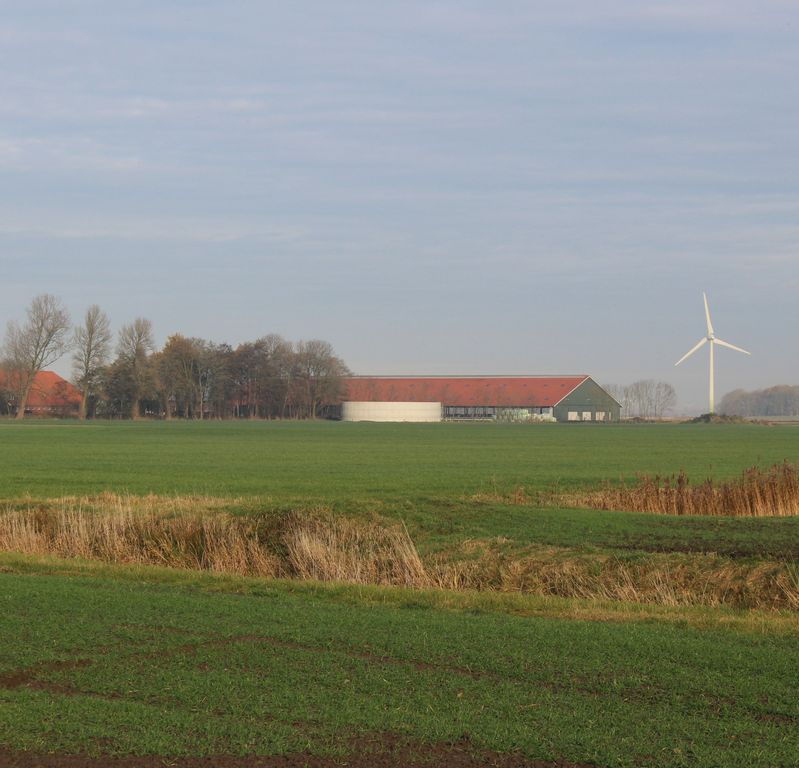
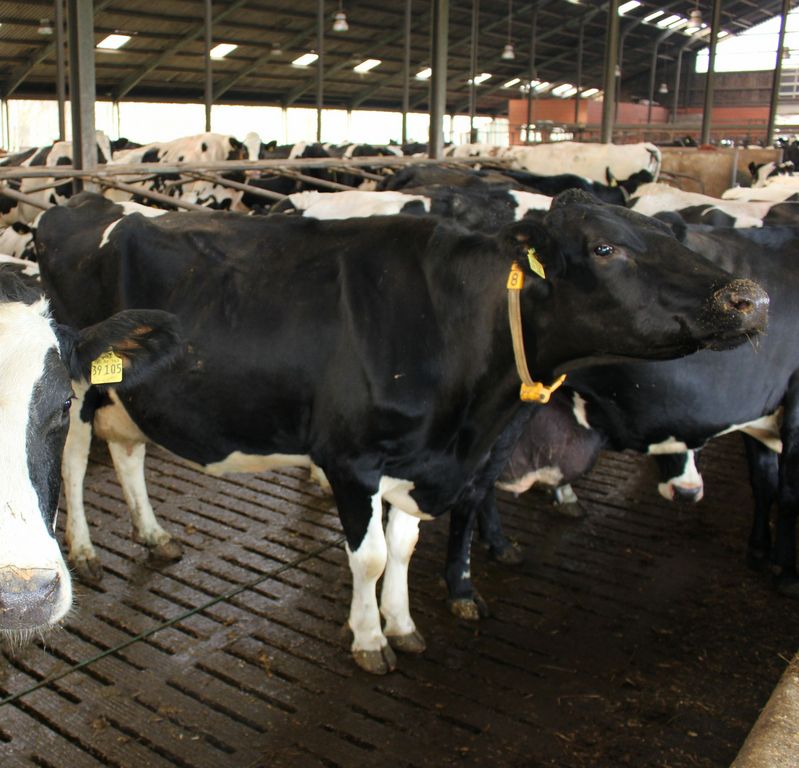
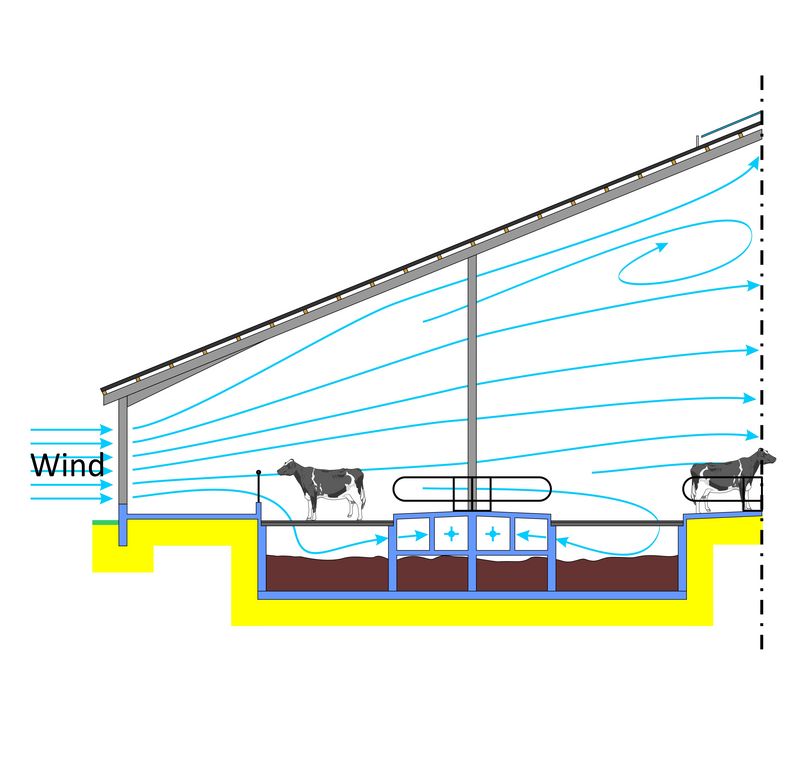
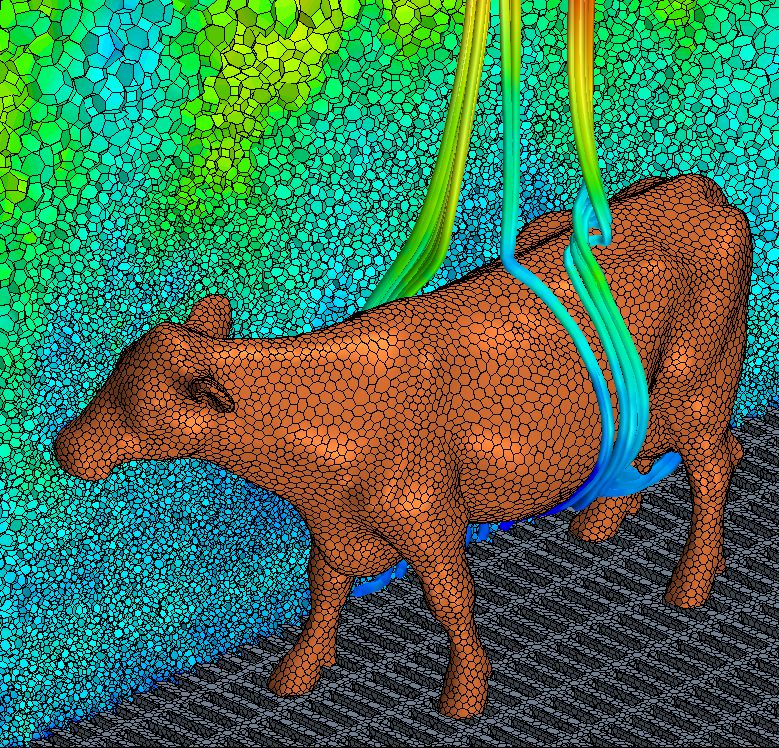
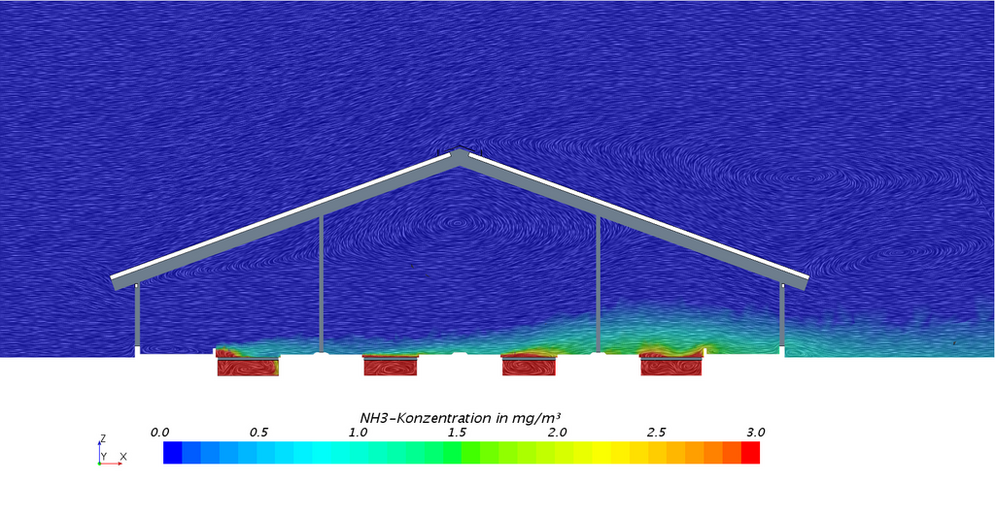
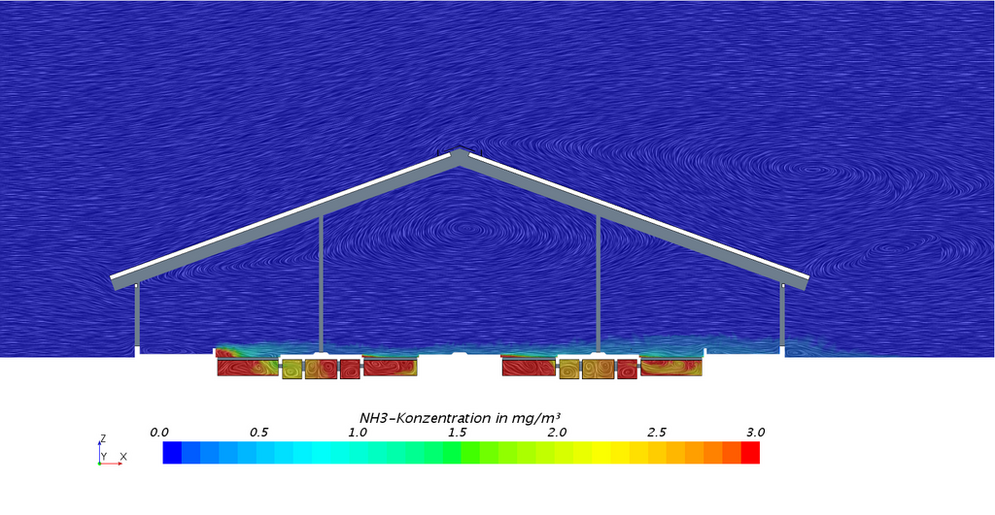
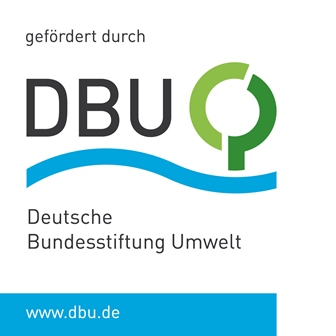
![[Translate to English:] Logo des Bundesministerium für Ernährung und Landwirtschaft](/media/allgemein/logos/BMEL_Logo.svg)